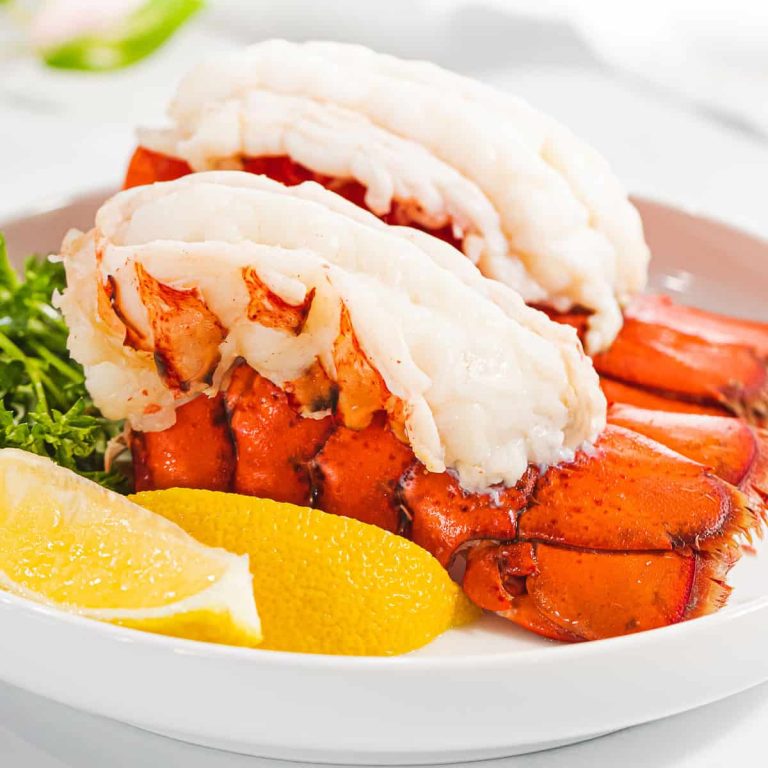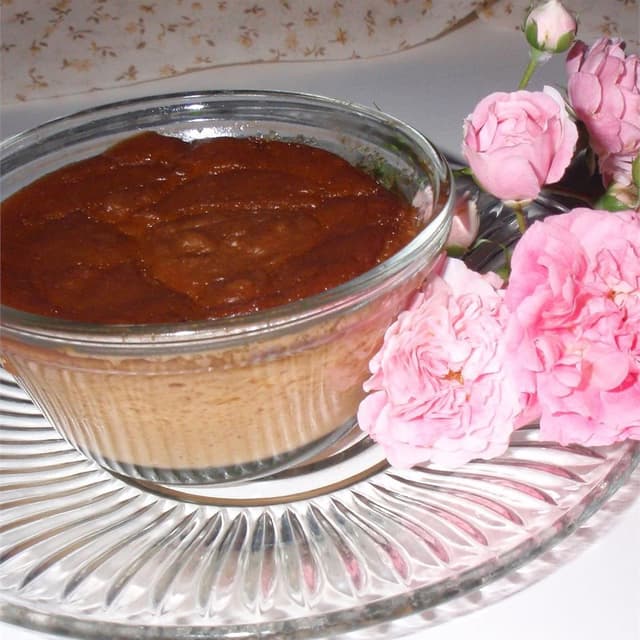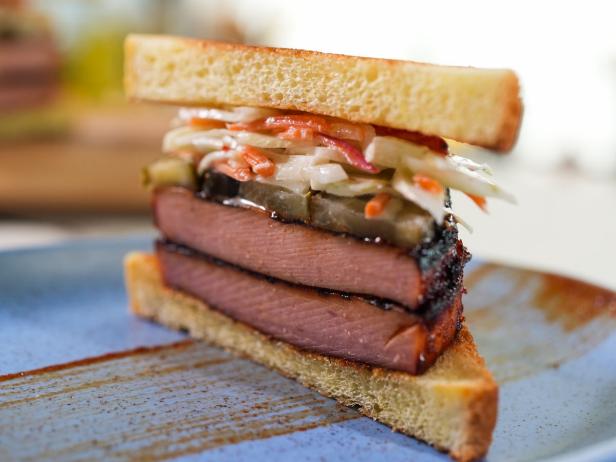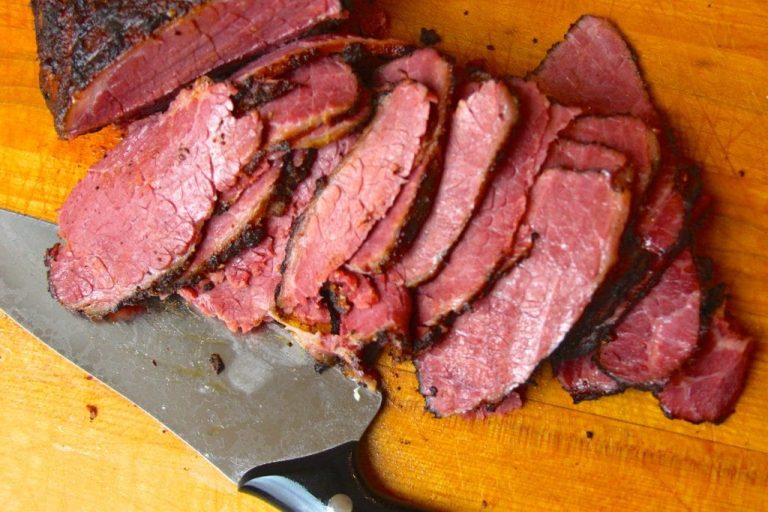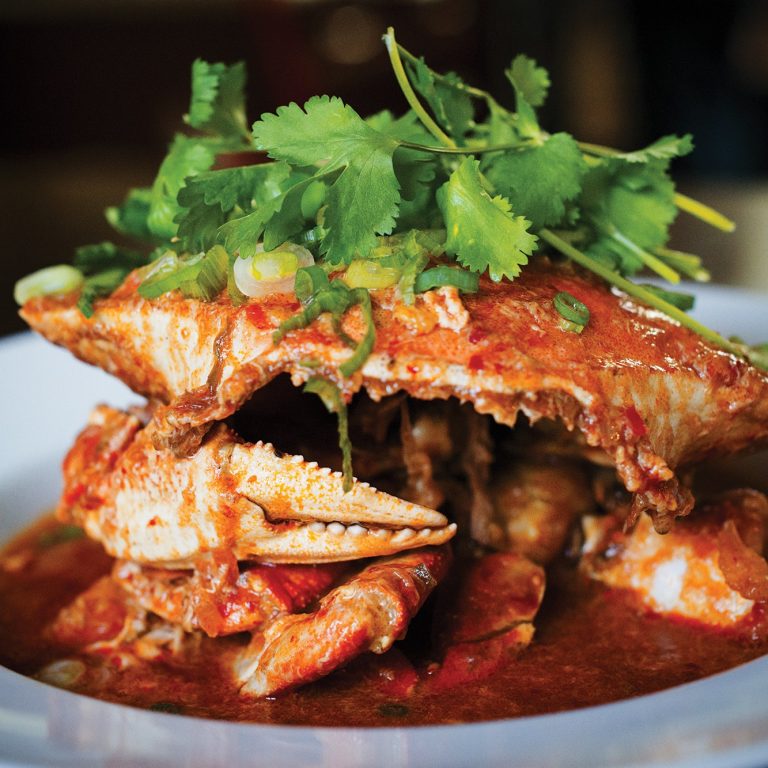Classic Gin and Tonic Cocktail Recipe
Gin, a distilled alcoholic beverage, dates back to the 17th century in the Netherlands. Dutch physician Franciscus Sylvius is often credited with creating “genever,” an early form of gin used for medicinal purposes. The British discovered genever during the Thirty Years’ War and brought it back to England, where it evolved into gin. By the 18th century, gin had become immensely popular in London, leading to the Gin Craze period marked by excessive consumption. The Gin Act of 1751 aimed to curb gin’s proliferation by imposing steep taxes and regulations, shaping the industry’s future.
The Introduction of Tonic Water
Tonic water originated in the 19th century when British colonial officers in India used quinine to prevent malaria. Quinine, derived from the bark of the cinchona tree, was bitter, so it was mixed with sugar and soda water to create tonic water. Thus, the gin and tonic combination emerged as a practical solution. Officers added gin to make the tonic more palatable, leading to the birth of the gin and tonic cocktail. This blend soon became a staple refreshment in British colonies and eventually worldwide, appreciated for its unique flavors and perceived health benefits.
Key Ingredients of Gin And Tonic
Understanding Different Types of Gin
Exploring different gin types enhances your gin and tonic experience. London Dry Gin, distilled with botanicals like juniper, has a robust, dry profile. This type is ideal for traditional gin and tonics. Plymouth Gin is milder with earthy notes. It’s perfect if you prefer a smoother drink. Old Tom Gin, sweeter than London Dry, adds complexity with its slight sweetness. For a more botanical approach, New Western or Contemporary Gin offers diverse flavors like citrus and floral notes.
The Role of Tonic Water in Flavor
Tonic water, integral to gin and tonics, balances the drink’s bitterness and sweetness. Originally infused with quinine to combat malaria, it now varies in flavor intensity. Standard tonic water delivers a balanced bitter-sweet flavor, suited for most gins. If you want a refined taste, premium tonic water offers subtle flavor variations like citrus, elderflower, or cucumber. Light tonic water uses less sugar, providing a low-calorie option without compromising bitterness.
These key ingredients, gin and tonic water, define the taste and experience of your gin and tonic, highlighting the importance of their quality and compatibility.
How to Make the Perfect Gin And Tonic
Choosing the Right Gin
Selecting the right gin is crucial for a perfect gin and tonic. Each type of gin offers distinct flavor profiles. London Dry gin provides a classic, juniper-forward taste. Plymouth gin is slightly sweeter and earthier. Old Tom gin gives a sweeter, malty flavor. New Western gin showcases botanicals other than juniper. For the best results, match your choice of gin with your preferred flavor profile.
The Importance of Tonic Water Quality
High-quality tonic water can significantly impact your gin and tonic experience. Standard tonic water has a balanced bitterness and sweetness. Premium tonic water often contains natural quinine and less sugar, providing a more refined taste. Light tonic water offers lower calories without sacrificing flavor. Use the highest quality tonic water available to complement your gin.
Garnishes That Elevate the Drink
Garnishes can enhance the flavor and presentation of your gin and tonic. Common choices include:
- Lime Wedge: Adds a zesty, citrusy note.
- Lemon Slice: Offers a more subtle citrus flavor.
- Cucumber Ribbon: Delivers a refreshing, clean taste.
- Rosemary Sprig: Imparts a herbal, aromatic quality.
- Juniper Berries: Reinforces the gin’s botanical essence.
Choose garnishes that complement the botanical elements of your gin, completing the perfect gin and tonic experience.
Variations of Gin And Tonic Around the World
Regional Preferences and Twists
Different regions have their own takes on the classic gin and tonic. In Spain, bartenders favor large goblets, known as “Copa de Balon,” to enhance the aromatic experience of the drink. Expect garnishes like fresh herbs, citrus peels, and berries to amplify the flavors. Japan adds unique ingredients like yuzu or shiso leaves, blending traditional gin with local botanicals. In the UK, a classic approach persists, often with cucumber slices or lemon twists to add a fresh, crisp bite. Countries in Latin America incorporate local fruits like passionfruit or guava, creating a tropical twist. Exploring these regional preferences can broaden your appreciation of this versatile cocktail.
Innovative Gin And Tonic Recipes
Creativity thrives in modern gin and tonic recipes. Experiment with floral gins infused with elderflower or lavender for a fragrant twist. Incorporate fruit-forward gins, such as those highlighting blackberry or raspberry, to add a burst of sweetness. Try a smoky variation by using gin aged in whiskey barrels, adding depth and complexity. Use distinctive tonics like hibiscus or Mediterranean tonic water to complement the chosen gin’s flavor profile. Garnish with exotic elements like edible flowers, star anise, or pomegranate seeds for an eye-catching finish. These innovative recipes ensure the gin and tonic remains a dynamic and refreshing cocktail.
Health Aspects of Gin And Tonic
Caloric Content And Nutritional Information
A gin and tonic offers a balance of calories and nutrients. A standard serving of gin (1.5 oz) contains roughly 97 calories, derived mainly from alcohol, and zero carbohydrates, fat, or protein. When mixed with tonic water, an additional 83 calories per 8 oz are included, often from sugar content. Therefore, a typical gin and tonic adds up to approximately 180 calories. Opt for diet tonic water if lowering calorie intake, as it typically contains zero calories and no sugar.
Potential Health Benefits And Risks
Consuming gin and tonic provides both benefits and risks. Juniper berries, the primary botanical in gin, contain antioxidants such as vitamin C and flavonoids, promoting health. Gin has diuretic properties that help flush toxins from your system, beneficial in moderation. Tonic water’s quinine can alleviate mild leg cramps and restless leg syndrome.
However, health risks are associated with gin and tonic consumption. Alcohol intake, regardless of type, affects liver health and impairs judgment. Regular sugar consumption, found in tonic water, increases risks of weight gain, diabetes, and heart disease. Excessive alcohol consumption, surpassing moderate guidelines (1 drink/day for women, 2 drinks/day for men), exacerbates these issues and leads to dependence and various health problems.
Moderate consumption keeps risks in check while letting you enjoy this timeless cocktail.
Conclusion
Exploring the world of gin and tonic reveals a rich history and diverse global variations. From its origins in 18th century London to modern-day twists, this cocktail offers a unique blend of tradition and innovation. Understanding the role of different gins and tonic waters can elevate your experience, balancing bitterness and sweetness perfectly. While enjoying this classic drink, remember to consider the health aspects and consume it in moderation. Cheers to discovering new flavors and making the most of your gin and tonic journey!

